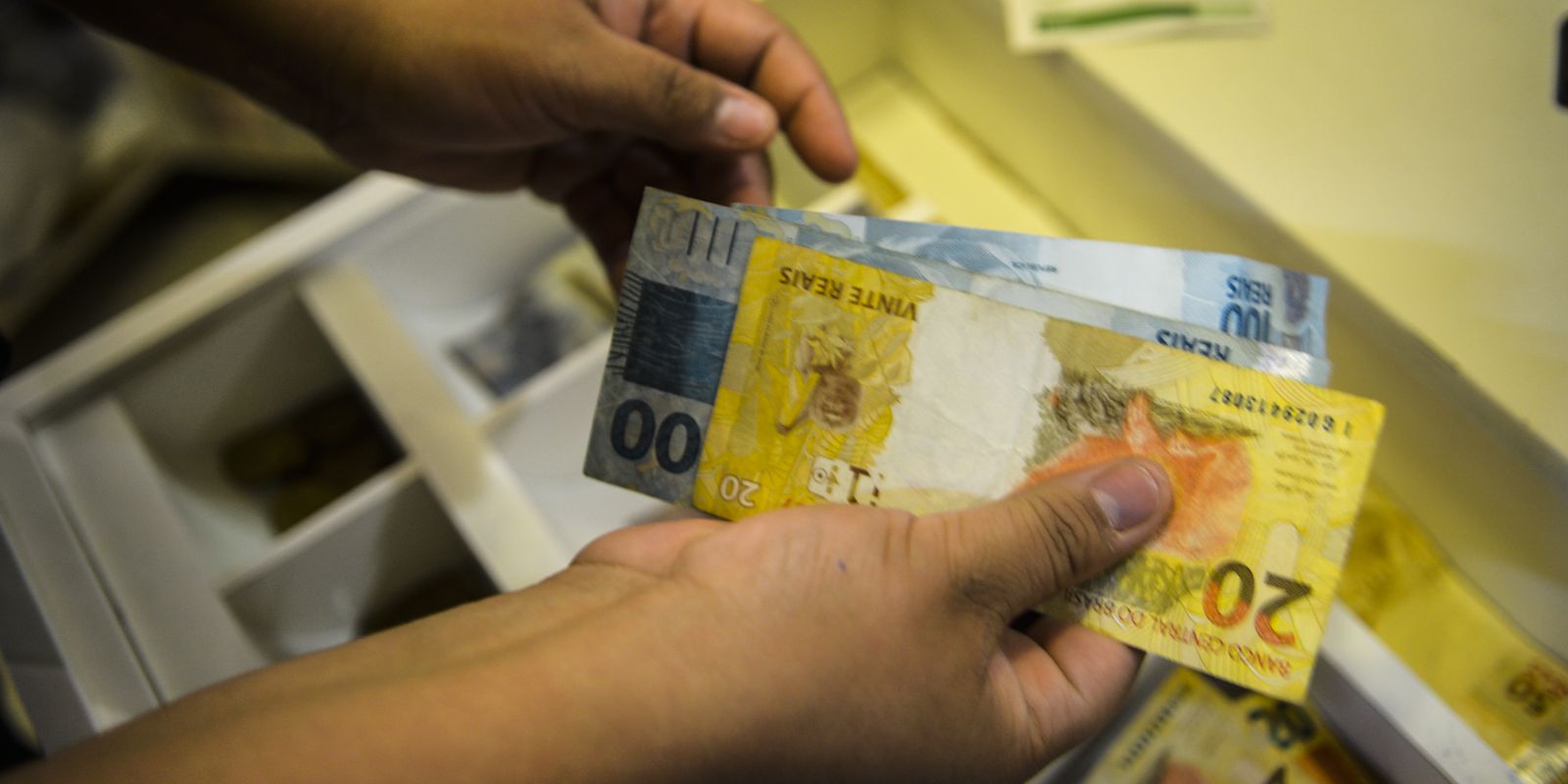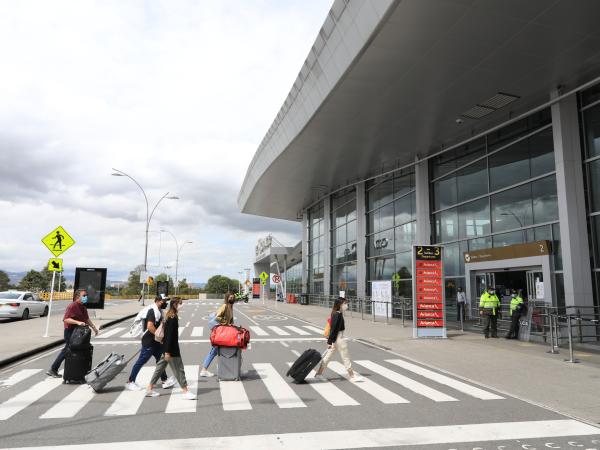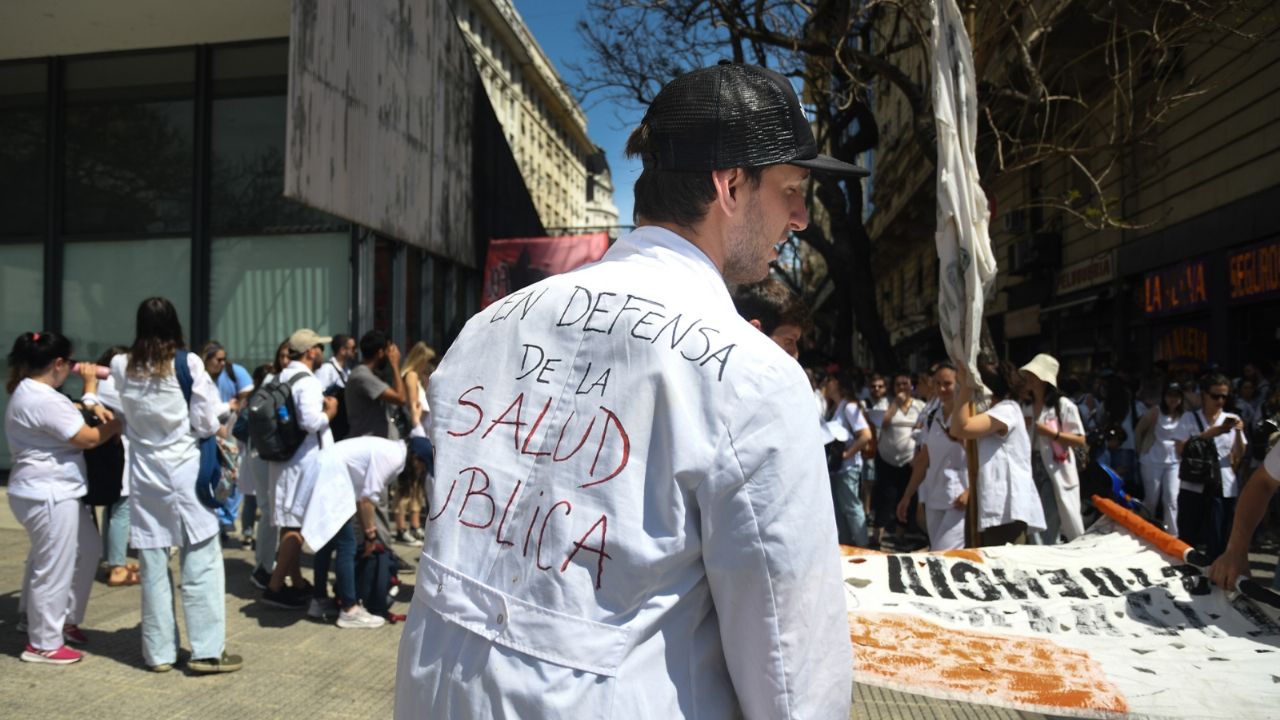The volume of families with overdue accounts in the country rose in October and reached the highest annual rate in six years, revealed today (7) the National Confederation of Trade in Goods, Services and Tourism (CNC). According to the Consumer Debt and Delinquency Survey (Peic), released this Monday by the CNC, the proportion of delinquent households stood at 30.3% last month, up 0.3 percentage points from September, and of 4.6 points compared to October last year.
This 12-month increase of 4.6 points was the biggest year-on-year increase since March 2016, CNC said. The indicator rose for the fourth consecutive month.
The increase in delinquency occurred despite the relative stability in the proportion of debtors. In October, the percentage of families with outstanding debt reached 79.2%. The indicator dropped 0.1 point compared to September, but rose 4.6 percentage points compared to October 2021.
According to CNC, the increase in delinquency can be explained by the combination of a high level of indebtedness and high interest rates. In the entity’s assessment, this scenario makes it difficult to settle all financial commitments within the month, even with the progressive improvement in the labor market, the fall in inflation and the income transfer policies reducing the proportion of indebted.
states and income
In the division by states, delinquency increased in 12 of the 27 units of the Federation, with emphasis on Bahia, where 43.7% of families reported being in arrears. In relation to indebtedness, the proportion of families with debts due rose in 17 units of the Federation. The biggest increase was in Paraná, where 95.8% of families said they were in debt.
In the comparison by income, the indebtedness rate has increased in the last 12 months both among low- and middle-income families (earning up to ten minimum wages) and among higher-income families (earning more than ten minimum wages). According to CNC, debts on credit cards and overdrafts, which charge the highest interest rates, are putting pressure on an increase in the proportion of indebted people.
Slowdown
Compared to October 2021, the number of families with outstanding debt rose 4.6 percentage points, the lowest annual rate since July 2021, he told Brazil Agency CNC economist Izis Ferreira. According to Izis, on this basis of comparison, the increase has been smaller and smaller. The economist highlighted that today there is still a higher proportion of indebtedness than there was in October 2021, but said that the annual rate has been decelerating, becoming “less and less expressive”.
Izis Ferreira pointed out that, currently, people circulate more on the streets and can consume products and services without any restrictions. The economic context shows that inflation is giving a truce, temporarily and still at a high level, but it has eased disposable income a little. “This was reflected in the debt ratio, although the debt level is still very high.”
The economist pointed out that, in 2021, the proportion of people in debt grew more among higher-income families (5.8 percentage points) than among lower-income families (4.3 percentage points). From September to October of this year, the reduction was more significant among high-income consumers (-0.5 percentage points). “We have 80.2% of low- and middle-income families in debt today and 75.4% of high-income families in debt. In comparison with October last year, the indebtedness was higher for the high-income group, which resumed the consumption of services in an environment where they are more expensive. We are talking about airline tickets, travel, beauty salon, food away from home. All of this has gone up a lot in price in the last year.”
Airline tickets weigh heavily in the travel item for high-income families, who buy them with a credit card, said the economist. The resumption of services by this group, in an environment where there is high inflation of services, led to a more expressive increase in the proportion of indebted. But the lower-income group still has larger families when looking at the total indebtedness in Brazil, she said.
high interest
Household budgets remain tight, especially among lower-income families, despite the gradual recovery of the economy, said CNC president José Roberto Tadros. “The high level of indebtedness and high interest rates worsen the financial expenses associated with debts in progress, making it more difficult to pay off all financial commitments within the month.”
According to the Central Bank, annual interest on all credit lines for individuals reached an average of 53.7% in September, with an increase of 12.5 percentage points. Izis Ferreira said, however, that the proportion of families with debts in arrears for more than 90 days has been decreasing since April. In October, this indicator reached 41.9% of defaulters, the lowest proportion since December 2021.
According to Izis, consumers have sought to renegotiate overdue debts. The percentage of families that said they were unable to pay their bills dropped by 1 percentage point from September to October, representing 10.6% of total families.
Main debts
The credit card has been the main type of debt for Brazilian families for some time, according to Peic. It increased from 84.9% in October last year to 86.2% in the same month this year. In the same way, there was an expansion in overdrafts, from 4.9% to 5.1%, on the same basis of comparison.” These are two types of easy access, in addition to being very widespread means of payment. families consider the approved limit as disposable income, as well as the overdraft. What happened, throughout the year, is that the two modalities were supporting consumption, especially of basic necessities, for immediate consumption, and the budget did not give Then, as the family does not have an emergency reserve, they used the overdraft and credit card.”
Izis pointed out that, in this case, in addition to the conjunctural issue, there is the behavioral factor. In addition to being very easy to use and widely publicized, the credit card faces promises of benefits and incentives from many stores. This, in a way, encourages people to use their credit card more. “That’s why we reached 86.2% of debt on the card. But the card is a double-edged sword. It is very easy, but it is very expensive.”
The average interest rate on the revolving card reaches around 380% per year, although there are institutions that charge much higher than average interest rates. “Then, when the person cannot pay the entire bill, he is subject to this interest rate, which is the highest in the credit market. The overdraft fee is the second highest. So, what we see are the modalities that cost more to show growth when looking at the result of October in relation to October of last year.”
On the other hand, payroll-deductible credit, one of the types of credit with the lowest interest rates (about 25% per year, according to data from the Central Bank, has lost ground in the indebtedness of Brazilians: 5% of all indebted consumers currently have payroll-deductible debts, compared to 7% in October 2021.
*Collaborated with Wellton Maximo









